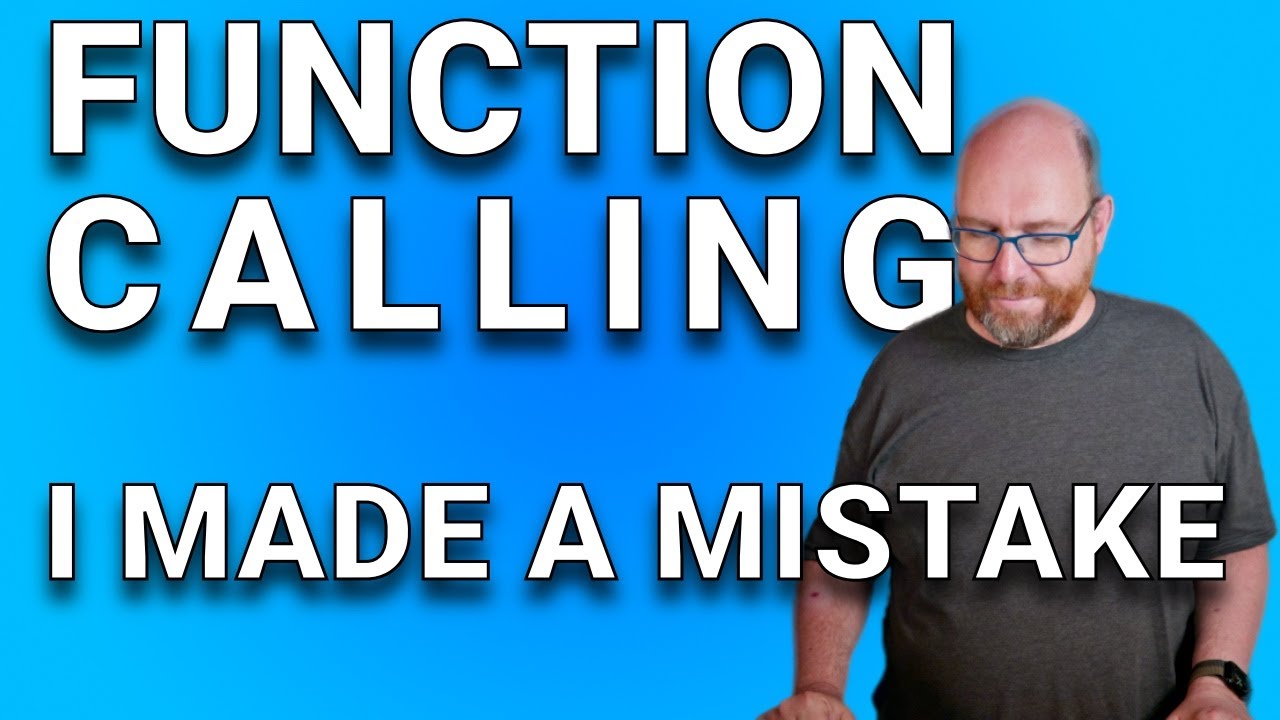The speaker clarifies misconceptions about function calling in AI models, explaining that it involves using external APIs to retrieve data rather than simply outputting JSON. They demonstrate the process by creating functions for fetching weather information and conducting web searches, showing that function calling works across various AI models without needing specialized ones.
In the video, the speaker reflects on a previous discussion about function calling in AI models, particularly comparing Olama and OpenAI. The speaker acknowledges a misunderstanding in their earlier video, where they suggested that OpenAI’s function calling was merely about outputting a JSON format and not actually invoking functions. This led to a flood of criticism and harsh comments from viewers who felt the explanation was oversimplified or incorrect. The speaker admits their mistake was assuming that viewers would experiment with the concepts rather than jumping to conclusions.
To clarify their points, the speaker outlines the process of function calling with a more complex example. They plan to answer questions related to retrieving weather information and the CEO of Tesla using various APIs, such as Open Meteo for weather data and Nominatim for converting place names to coordinates. The speaker emphasizes that the AI model cannot inherently know these facts, thus requiring external tools to fetch accurate information.
The speaker describes the creation of several functions, including one for fetching weather based on latitude and longitude and another for conducting web searches. They explain the importance of defining these functions clearly for the AI model so it understands which function to call and what parameters to use. The speaker mentions that they chose to manually describe the functions instead of relying on automated introspection methods.
In demonstrating how to implement function calling, the speaker emphasizes that it is not necessary to use specialized models to achieve this functionality. They run examples using various models, including Llama 3, Quen 2, and Llama 2, to show that the function calling works across different AI models. The process involves prompting the model to respond in JSON format and specifying the function name and parameters it should call.
Finally, the speaker discusses potential upcoming changes to the Olama framework that could introduce a more rigid message format for function calls. While these updates are anticipated, the speaker notes that they will not add new capabilities but rather provide a structured approach to function calling that some users may find beneficial. The video concludes with an invitation for viewers to share their experiences with similar implementations in their applications.
